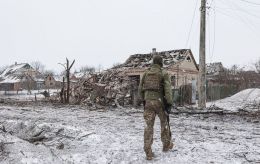Forest fires devastate Arctic Circle: Scientists sound alarm
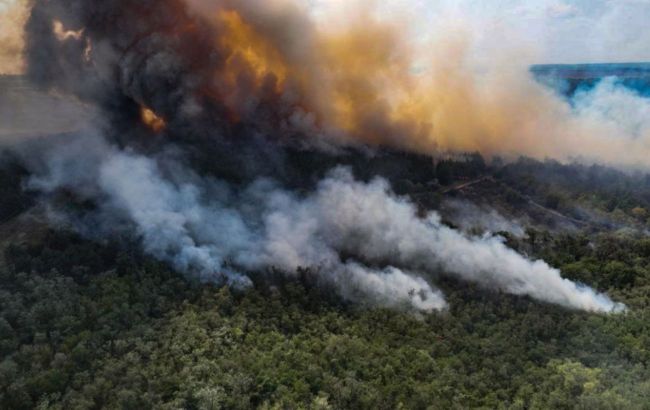 Forest fires are dangerous in any region (photo: facebook.com/DSNSMYKOL)
Forest fires are dangerous in any region (photo: facebook.com/DSNSMYKOL)
Intense forest fires are devastating the Arctic Circle. Scientists emphasize that this can significantly affect the climate of the entire planet.
RBC-Ukraine tells what you need to know about the Arctic Circle and why fires in this region are dangerous.
Arctic Circle
The Arctic Circle is one of the five important parallels marked on maps of the world (it lies at latitude 66° 33′ 39″ north of the Equator).
The Arctic Circle passes through the Arctic Ocean, the Scandinavian Peninsula, North Asia, North America, and Greenland.
The land areas located along the Arctic Circle line are divided among eight countries: Norway, Sweden, Finland, the Russian Federation, the United States (Alaska), Canada, Denmark (Greenland), and Iceland.
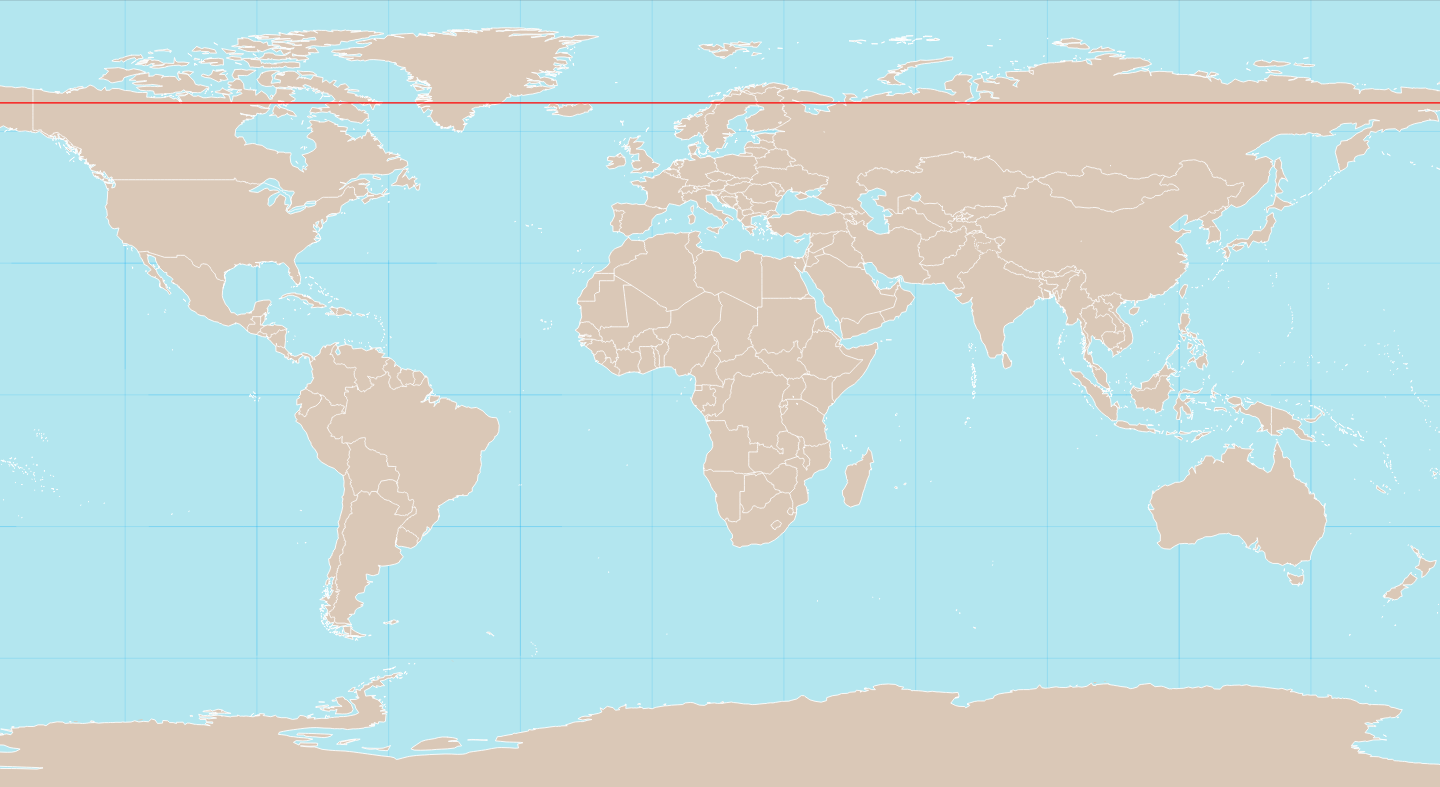
The Arctic Circle on a world map (illustration: uk.wikipedia.org)
It is noteworthy that the position of the Arctic Circle is not fixed. It directly depends on the tilt of the Earth's axis, which varies over a long period of time within two degrees (which is largely due to the tidal forces caused by the Moon's movement in its orbit).
North of this latitude is the Arctic, and south is the northern temperate zone. The same polar circle in the southern hemisphere is called the "Antarctic Circle".
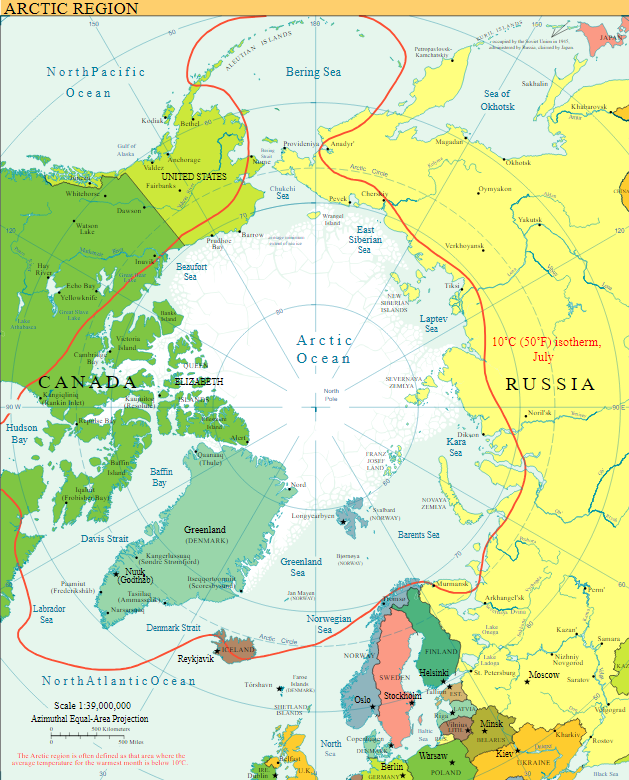
Map of the Arctic (illustration: uk.wikipedia.org)
Why fires in the Arctic Circle are dangerous
The EU's Copernicus climate change monitoring indicates that forest fires have been ravaging the Arctic Circle for the third time in the last five years. High-intensity fires are currently being recorded in the Republic of Sakha (Yakutia). According to experts, "ideal" conditions for this have developed amid high temperatures and drought.
According to the Deputy Minister of Ecology, Management and Forestry of the region, by June 24 alone, more than 160 forest fires had covered almost 460 thousand hectares of land.
Scientists are concerned, in particular, that the smoke from the fires will interfere with the ability of Arctic ice to reflect solar radiation, causing land and sea to absorb more heat.
According to Professor Gail Wightman of the University of Exeter, the Arctic region is "ground zero for climate change." At the same time, the increase in forest fires is "a clear warning sign that this important system is approaching dangerous climate tipping points."
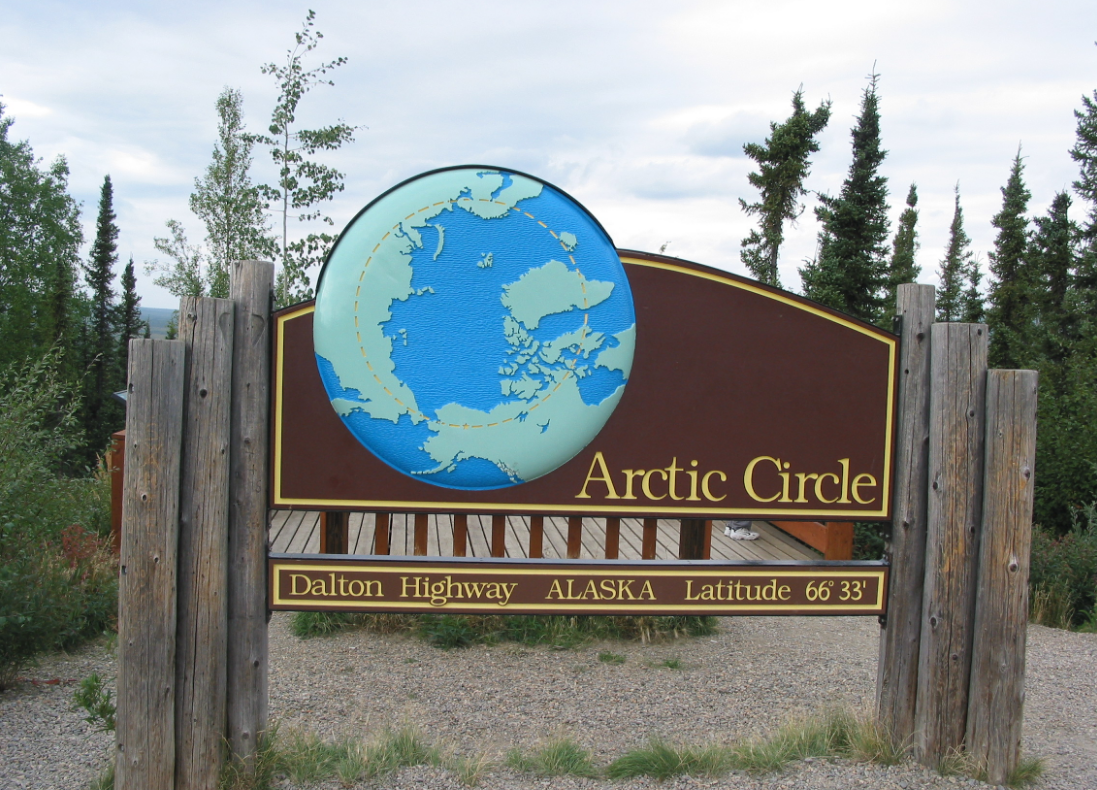
A sign on the side of the Dalton Highway in Alaska marking the Arctic Circle (illustration: uk.wikipedia.org)
"What happens in the Arctic doesn't stay there," she said, adding that these fires are a "warning for urgent action."
According to Guillermo Reyna, a professor of fire science at Imperial College London, such fires are a "growing monster of climate change."
"Ten years ago, forest fires in the Arctic were considered a rare phenomenon that was hardly studied. But now they occur almost every summer and leave deeper and deeper scars," he emphasized.
Experts explain that climate change is raising temperatures in the Arctic, causing forest fires to move northward and destroy boreal forests (taiga) and tundra.
At the same time, huge amounts of greenhouse gases are released from carbon-rich organic soils.
According to estimates by Copernicus researchers, carbon emissions in the Arctic from forest fires during June were the third highest in the last two decades (with large plumes of smoke passing through the region).
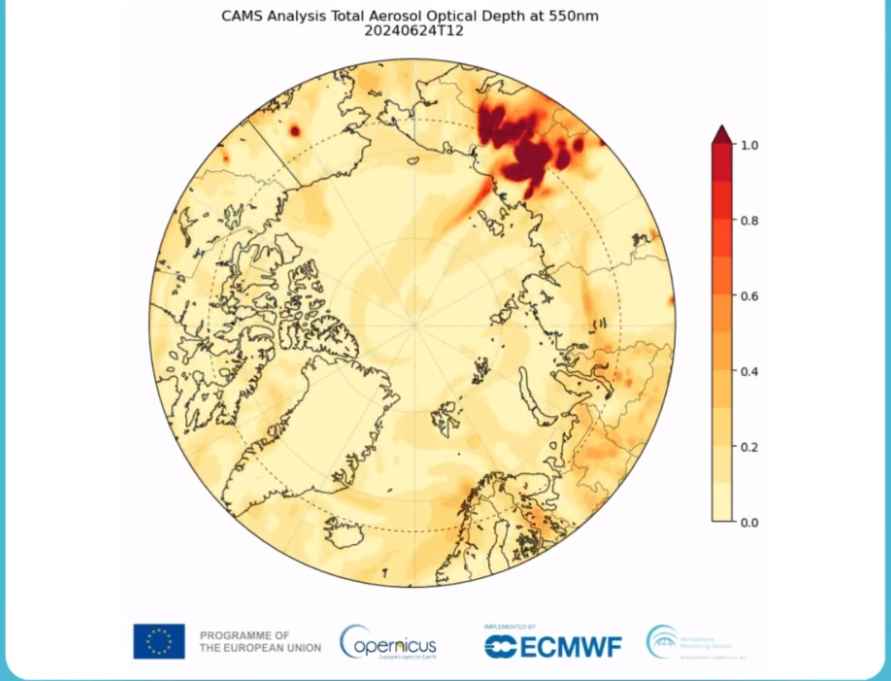
Carbon emissions in the Arctic (screenshot: instagram.com/copernicusecmwf)
Finally, scientists remind that since the 1980s, the area of Arctic sea ice has been rapidly decreasing, which also poses a danger to humanity.
Read also what a "heat dome" is and how this weather phenomenon can threaten humanity.
Sources: Climate Copernicus, Copernicus ECMWF on Instagram, BBC, Wikipedia.
